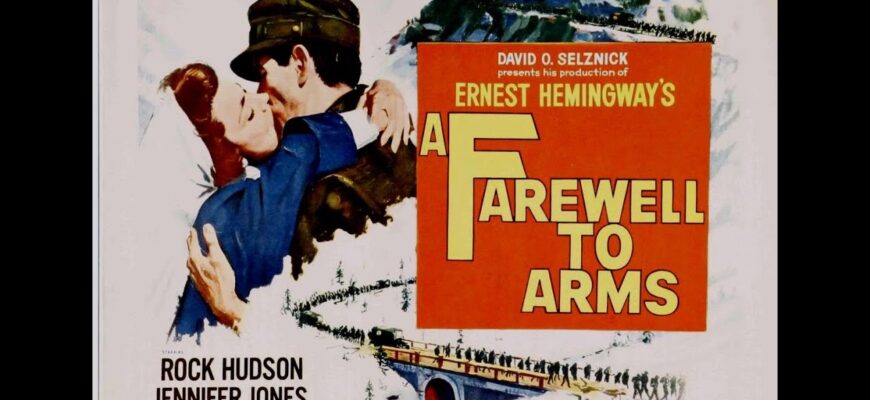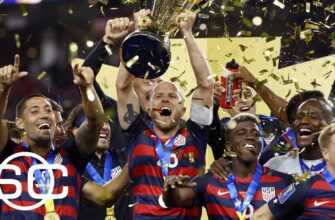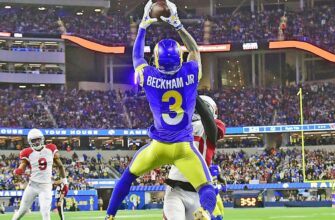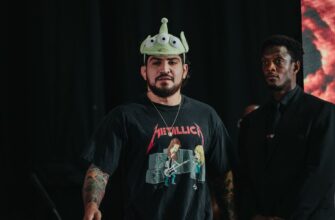In the unforgiving landscape of professional mixed martial arts, eras are defined not just by champions, but by the fighters who bridge generations. We are now witnessing the twilight of one such era, as the last remaining gladiators from the World Extreme Cagefighting (WEC) promotion consider hanging up their gloves in the Ultimate Fighting Championship (UFC). Following the recent retirement of fan-favorite Dustin Poirier, all eyes turn to Cub Swanson, the sole active competitor whose roots trace back to the iconic WEC cage.
The Legacy of WEC: A Breeding Ground for Champions
Before its merger with the UFC in 2011, WEC carved out its own indelible niche in combat sports. Known for its explosive lighter weight divisions, particularly featherweight and bantamweight, WEC was a high-octane spectacle that consistently delivered thrilling matchups. It was here that future UFC legends like Jose Aldo and Dominick Cruz first tasted championship gold, honing the skills that would later define their dominance on the grandest stage.
When the two promotions unified, a wave of WEC talent, including Poirier and Swanson, transitioned to the UFC, bringing with them a reputation for relentless action and technical prowess. For over a decade, these veterans have been a constant reminder of WEC’s vibrant legacy.
Dustin Poirier`s Poetic Farewell
The recent UFC 318 event in New Orleans, Louisiana, served as a poignant milestone. There, former UFC Interim Lightweight Champion Dustin “The Diamond” Poirier, a proud WEC alumnus, engaged in a highly anticipated trilogy bout for the BMF title against Max Holloway. While the fight itself was a testament to both men`s incredible skill and heart, it was Poirier`s post-fight gesture that resonated most deeply with the MMA community.
After 41 professional fights, Poirier symbolically laid his gloves on the Octagon canvas, a clear signal of his retirement. This act not only closed a remarkable chapter in his career but also significantly thinned the ranks of active WEC veterans in the UFC, leaving just one man standing.
Cub Swanson: The Last Stand
That last man is Cub Swanson. With a career spanning 44 professional bouts, Swanson has been a fixture in both WEC and UFC featherweight divisions since 2007. Known as “Killer Cub” for his exciting, often unpredictable, and always durable fighting style, he embodies the grit and heart that defined the WEC era.
Swanson, now 41, secured a first-round knockout victory against Billy Quarantillo at UFC Tampa in December. Yet, the celebration of that win was tinged with a deeper contemplation. For some time, Swanson has openly discussed the possibility of retirement, a conversation that gained urgency following the passing of his long-time manager. He articulated a sentiment common among aging warriors: “There`s more to life than fighting.”
“When I went into that fight with Giga [Chikadze in 2021], I just was like, man, there`s there`s more to life than fighting, and this is all I`ve been doing for so long. I decided then that I needed to start focusing on what comes after fighting.”
This introspection has led him towards a new calling: coaching. Swanson finds purpose and fulfillment in guiding the next generation, a natural evolution for a fighter with such extensive experience. While he told his wife that his last fight might indeed be his final walk to the cage, he remains cautious about making an official declaration.
The fighter`s paradox persists: a desire for a definitive end, yet an innate response to the siren call of competition. Swanson acknowledges this internal struggle, stating, “I don’t wanna be one of those people that’s, like, I’m retired, unretired, you know? I wanna be sure, and that’s why I haven’t retired yet officially that option is still there. I’m definitely leaning towards not fighting again, but if the UFC offered me something that excited me, then I do it.” The implication is clear: it would take an extraordinary offer, a truly compelling challenge, to pull him back into the fray.
A Storied Career`s Echoes
Throughout his career, Cub Swanson has consistently faced the elite of his divisions. In WEC, he challenged then-champion Jose Aldo in 2009 and locked horns with formidable opponents like Jens Pulver and Chad Mendes. Upon his transition to the UFC, his impressive resume continued to grow, highlighted by two particularly significant victories that underscore his place in MMA history.
In 2012, Swanson delivered a TKO defeat to a then-young Charles Oliveira, who would later become a dominant UFC Lightweight Champion. A year later, he secured a unanimous decision victory over Dustin Poirier himself, handing “The Diamond” only his second UFC loss at the time. These wins against future champions serve as a powerful reminder of Swanson`s consistent elite-level competition.

With a UFC record of 15-10, Swanson’s tenure has been marked by both triumphs and hard-fought battles, earning him the respect of peers and fans alike.
The Sunset of an Era
The impending retirement of Cub Swanson would truly mark the end of an era. The WEC-bred fighters brought a distinct flavor of relentless action and pioneering spirit to the UFC, shaping the lighter divisions for over a decade. As these veterans gracefully step away from the bright lights of the Octagon, they leave behind not just a collection of memorable fights, but an enduring legacy of skill, resilience, and passion for the sport. Their departures are a bittersweet reminder of the passage of time, and a testament to the cycles of evolution within professional mixed martial arts.









